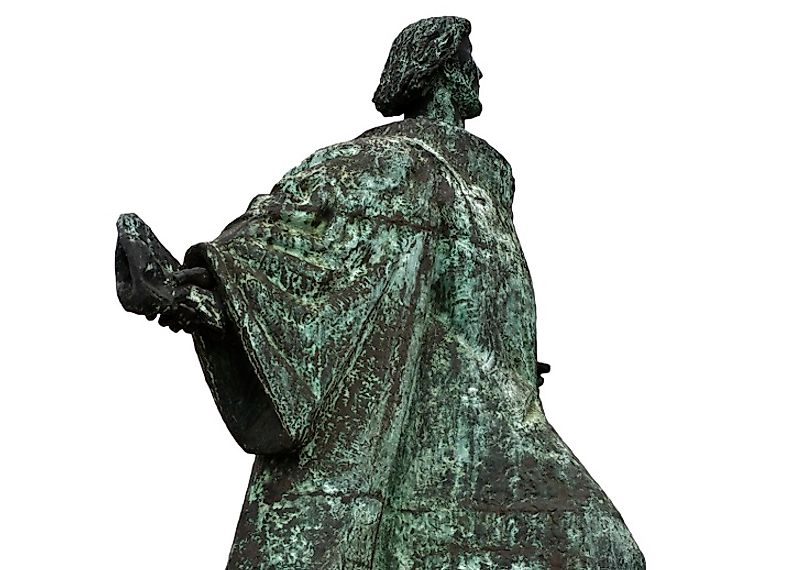Bartolomeu Dias - Explorers Of The World

5. Early Life
Bartolomeu Dias's family belonged to the royal household of Portugal. He was thought to have been born in Algarve around 1450, though not much else is known about his early years except that he later became a student at the University of Lisbon. One thing that is, however, for certain about Bartolomeu in his youth is that he was a knight who served in the Royal Court of Portugal. He was at one time also superintendent of the Royal Portuguese warehouses. His other job titles included sailing master of a man-of-war, the boat christened as Saint Christopher. This titular achievement led to his many other ocean expeditions to come. On his way to becoming an experienced sailor, he was likely schooled by pioneers in the industry who helped launch the “Age of Exploration”.
4. Career
In 1487, the King of Portugal, believing in Bartolomeu's navigational skills, gave him three ships to establish a new sea route to India. Two highly qualified explorers, Alenquer and Santiago, accompanied him. Storms on Africa’s southern coasts nearly ended their voyage to India. More trouble was added unto them as their supplies diminished in its wake. Somehow, they were able to replenish their supplies and, on their way back, they discovered what later would become known as the Cape of Good Hope. Bartolomeu did not have much difficulty in financing his career with the King of Portugal’s support behind him. More often than not, his greatest adversary was nature itself in his ocean expeditions.
3. Discoveries
Bartolomeu's many achievements included exploration of South Africa's coast. His most important achievement was his discovery of a passage around the Cape Peninsula of South Africa. This made the sea route to the Far East more viable for Portugal in its trade with Southern and Eastern Asian countries, especially India. He was also asked by King Manuel I of Portugal to help build ships for explorer Vasco da Gama, and he later went on one of da Gama's voyages as well. All of these achievements stand as hallmarks of the successful career that left Bartolomeu Dias remembered as one of the most important Portuguese explorers of his time.
2. Challenges
Dias’s purposes were not only facilitated by the fact that he was a seasoned sailor. Knowing the king of Portugal personally, he had become a regular sight in the King’s court as well. This gave him an advantage over other when it came to receiving royal support for his major expeditions. In fact, he did not have to ask for anything, because the king himself directly appointed Dias to head several expeditions. The only major pitfalls that he and his men encountered, and which came to be a consistent problem, were the constant storms that they often sailed into on their way to their expedition destinations. As a result, he would at times take a respite from such expeditions, and live in exotic places where Portugal had established colonies until more favorable conditions returned to the seas.
1. Death and Legacy
Unfortunately, on May 29th, 1500, during a Second Indian Expedition under Pedro Cabral, all four of the Portuguese expedition’s ships were sunk by a huge storm in the vicinity of the Cape of Good Hope. There is no record of Bartolomeu Dias surviving that storm, and the common consensus is that he died at sea in the storm. Bartolomeu was considered by many in his time to be a great navigator and explorer, and the one who was most instrumental in discovering the Cape of Good Hope passage for other explorers searching for a sea route to the east. His loss was felt deeply, because of both his career achievements and place in the public sphere and Royal courtyard. Possibly an even greater testament to this legacy, today’s historians generally seem to have the same positive opinions of him as did the Portuguese people during his time.











